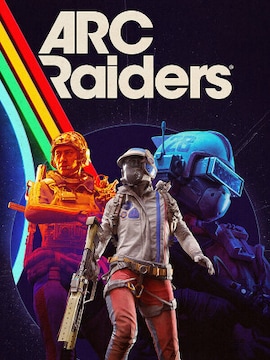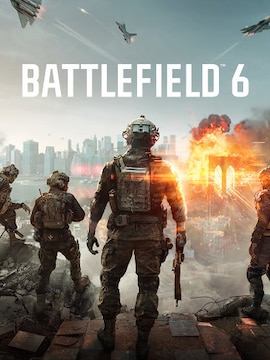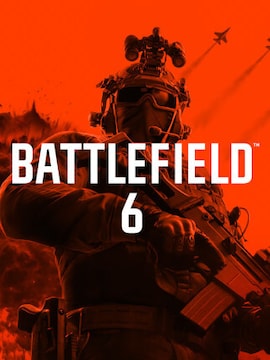What is an overworld in gaming? Let’s find out together.
Overworlds in video games can mean different things, as there’s no strict definition of what it really is. In general, the overworld can be thought of as a hub that connects all other areas, such as towns and dungeons, in the game. It can also be used as a synonym for the game’s main world, from which all other areas are accessed.
Overworld is meant to glue everything together. It can be a space that contains entrances to all stages in a platform game, or it can be a huge world map with icons that represent various points of interest that will move you to a specific map, completely separate from other locations when you interact with them.
Overworlds are very popular in classic pixel-art JRPGs but you can also find them in platformers, strategy games, and other genres.
Open Worlds and Overworlds
Open worlds and overworlds are not mutually exclusive, but games that combine the two are a rare sight.
As opposed to open-world games, where you can freely go wherever you want and explore even the most irrelevant parts of the map, overworld may present players with a simplified, sized-down version of the game’s world that only allows in-depth exploration of the selected, pre-defined places. For example, an overworld map in a fantasy game may contain an icon of a town, which will move you to a separate, self-contained town map when you click it or move your avatar onto it.
Overworlds can be used to better convey the scale of the game’s world. If a game takes place on an entire continent or planet, it would be extremely difficult to design such a massive environment for players to freely move around in the open-world approach. Instead, developers give players an overview of the game’s world – the overworld – allowing them to quickly move between seemingly distant locations and enter only certain self-contained parts of the map. This allows developers to focus on designing smaller but more interesting areas, as opposed to open worlds that often contain a lot of empty space that acts as a filler.
Here are some practical examples of overworlds in video games.
Overworld in Pokemon Games
In Pokémon games, especially the classic ones, the main world acts as an overworld. The areas and objects are scaled down to represent the ideas rather than literal objects. For example, a house can be six tiles wide and two tiles long when seen from the outside, but when you enter it, the interior becomes significantly larger and more detailed. For comparison, your character is one tile wide and long in both cases.
Overworld in Zelda Games
Overworld is present in all The Legend of Zelda games but it’s most prominent in the older entries. Ocarina of Time, for example, offers an open-ended exploration of the main world, from which you can access a variety of separate, self-contained dungeons.
Overworld in Octopath Traveler
Octopath Traveler is an homage to old-school Japanese role-playing games. It blends open-world structure with overworld formula; even though you can freely explore the environments like you would in open-world games, you must stick to the linear paths, and only the interesting places can be accessed and explored further, such as towns.




